From Tyler Green:
Effective immediately, the Albright-Knox Art Gallery is extending free admission (and parking) to all active-duty United States and Canadian military members and their families, including Guard and Reserves. Good for them. (more)
Excellent idea. The small cost to the bottom line would reap a big harvest in good will. In the Northwest, only the Seattle Art Museum and the Tacoma Art Museum offer a military discount, and it’s just for the the person serving, not families. With the military engaged in two wars, their families are serving too. In the new year, art museums need to honor this effort with a free ticket for all concerned. (The Frye can’t rise to this occasion because it has already surpassed it, being free admission for everybody all of the time.)
Related: Sympathy for soldiers photo essay here. Jon Stewart on the government’s shameful efforts to avoid paying for war-related health care injuries, here. Finally, bringing the war home: Owen Mundy through projections and Remi Gaillard through an invasion of a vacation beach:
U.S. News & World Report claims that the jobs for museum curators are poised to go boom, making it one of the top 50 career choices in 2010, here via Henry curator Sara Krajewski. She noted that she’d like to see their back-up research. Given the starved state of the profession in the past decade, this promise of prominence is hard to believe.
The mind is a terrible thing to waste on new-age platitudes. This one is 40 years old, proving once again that belief needs no evidence to stay afloat.
Who’s missing from the art audience? Real Clear Arts has the answer, or at least, an exploration of the question.
From the department of still good: Allan McCollum’s 2005 interview with Harrell Fletcher.
From John Lopez in the L.A. Times: What it means to be an artist now. The subtitle could be, Stop the world, I (might) want to get off.
From Christopher Knight:
In an October lecture at the Smithsonian, critic Dave Hickey noted that, in the Internet’s vast territory, niches are the equivalent of villages. And art does poorly in the homogenized, provincial ether of a village.
To thrive art needs cities, where cosmopolitan diversity, conflict and sheer accident are the norm. (more)
Uh, no. Tell that to Cezanne, who preferred Provence to Paris. Some artists want to be alone. (From William Carlos Williams, who liked New Jersey better than New York, “I am lonely, lonely./ I was born to be lonely./ I am best so!”). Where doesn’t count next to what, and not all whats need an urban setting to flourish.
Also from Christopher Knight:
One of the funniest essays at the tail end of 2009 was Knight’s response to Jerry Saltz. In his homage to Jeff Koons, here, Saltz could have been clearer about the time-line of the many appearances of Koons’ flower-filled Puppy. Fair enough. But here’s the thing about Knight, one of the best critics in the world. He tends to be all or nothing. In the powerful sweep of his argument, the thing that actually occurred can get lost.



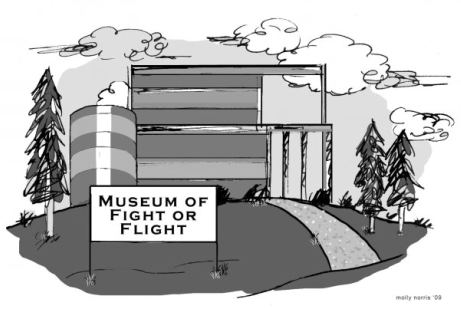
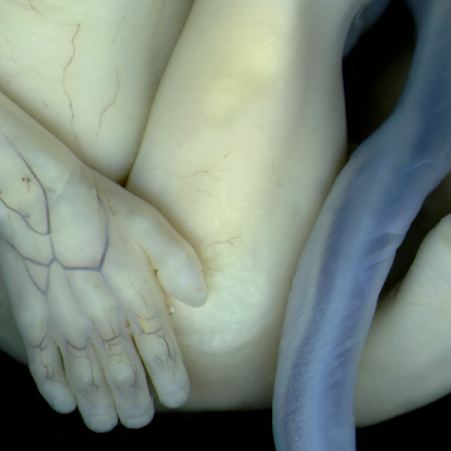
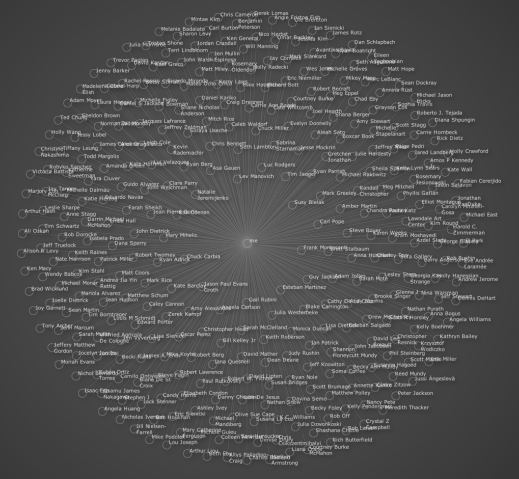
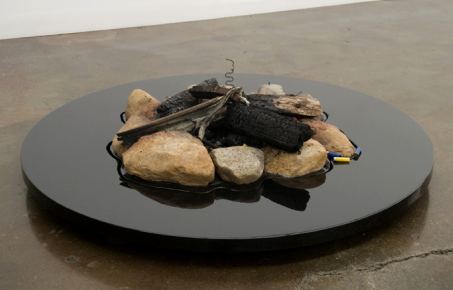

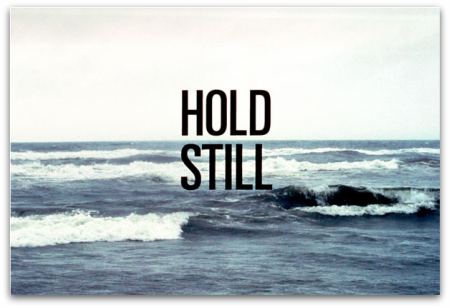
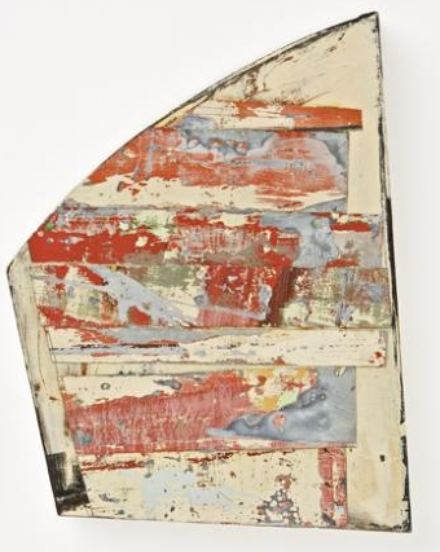


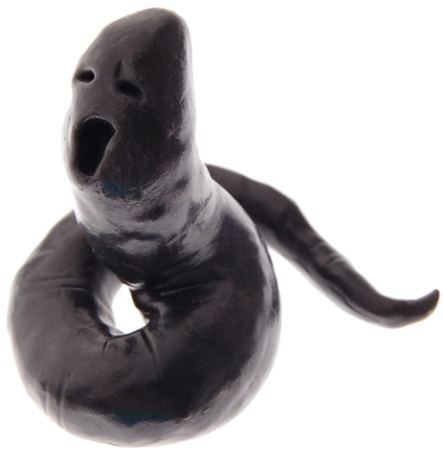
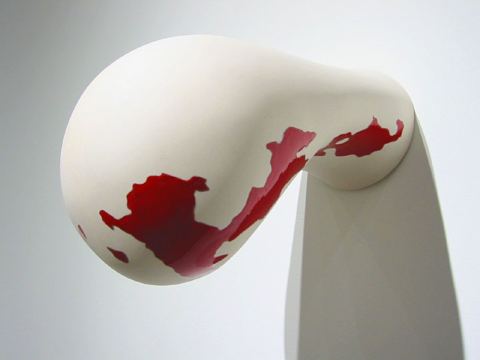
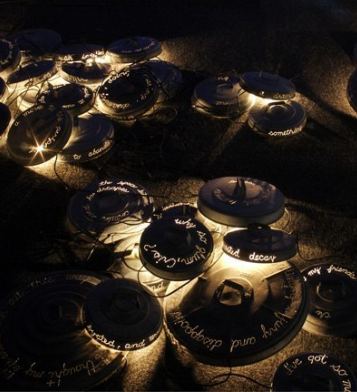
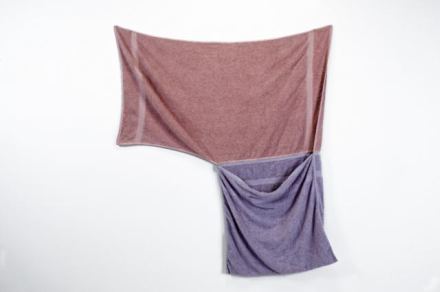
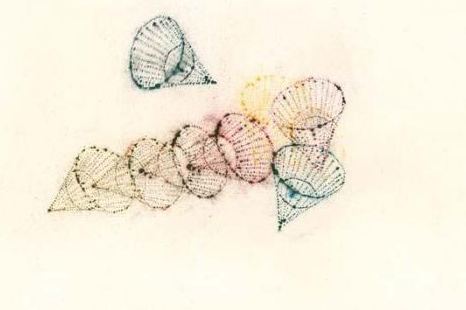
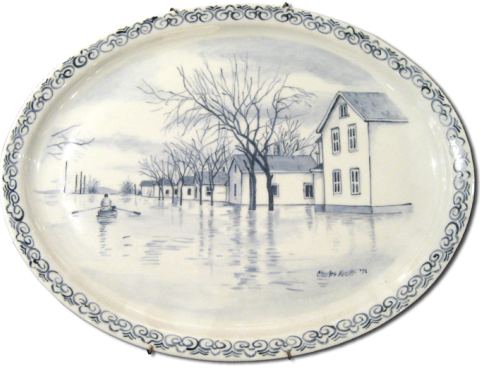

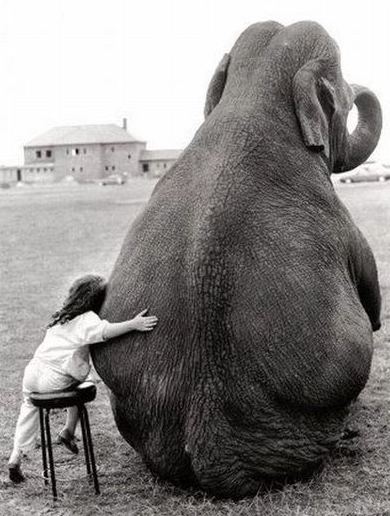
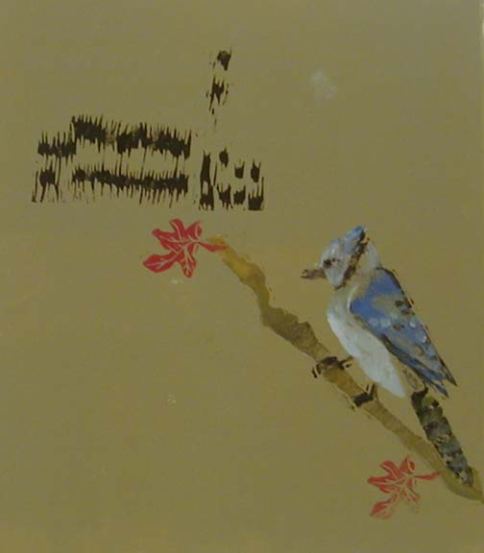 Although her paintings often have an odd and weightless delicacy, they are never finished to the point of refinement but seem instead to have been pulled into view, dirt still clinging to their colored roots.
Although her paintings often have an odd and weightless delicacy, they are never finished to the point of refinement but seem instead to have been pulled into view, dirt still clinging to their colored roots.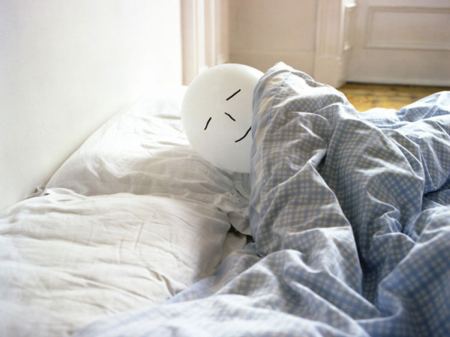
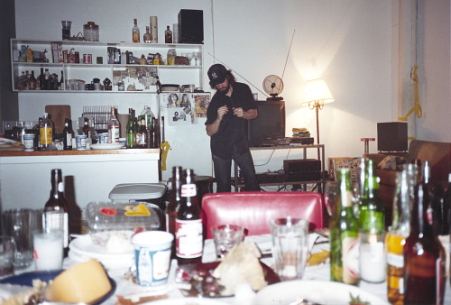
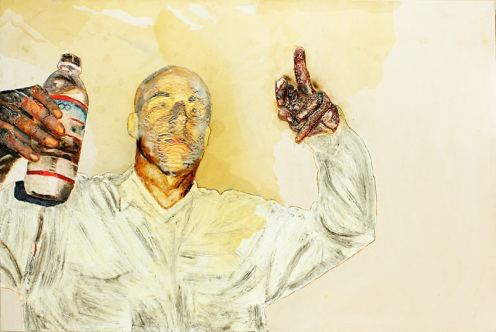
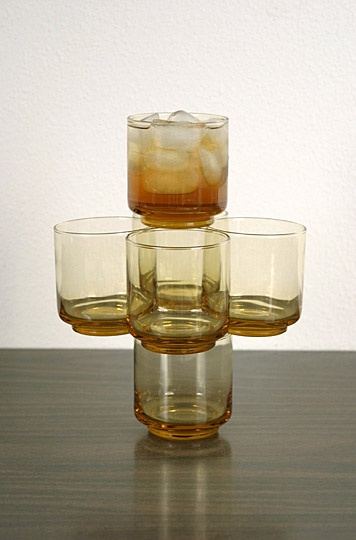

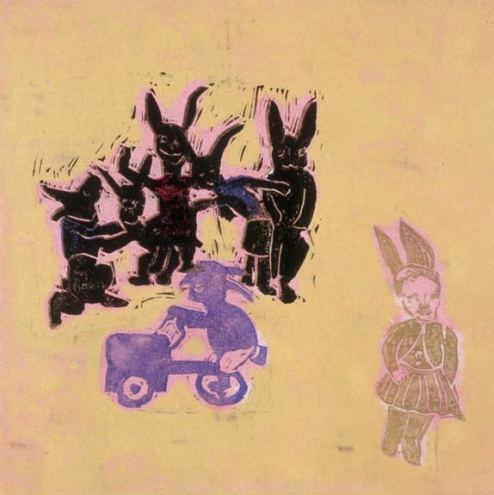
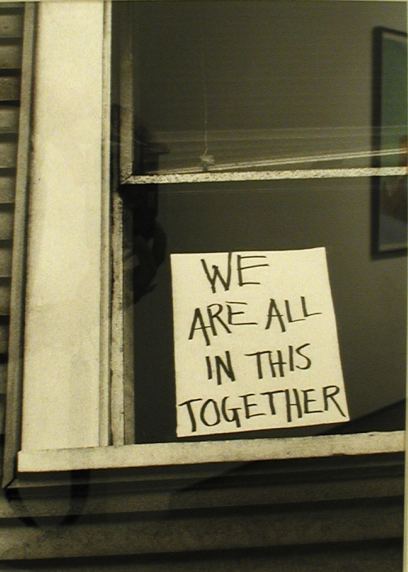
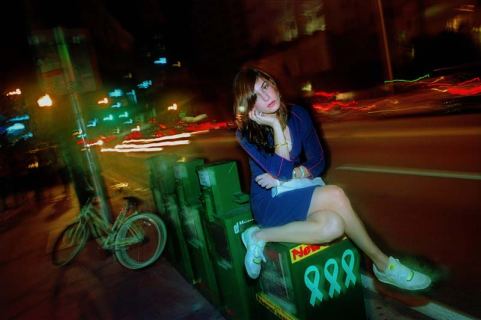
 While we’re on the subject of no, there’s always Peter Schjeldahl on Richard Prince:
While we’re on the subject of no, there’s always Peter Schjeldahl on Richard Prince: